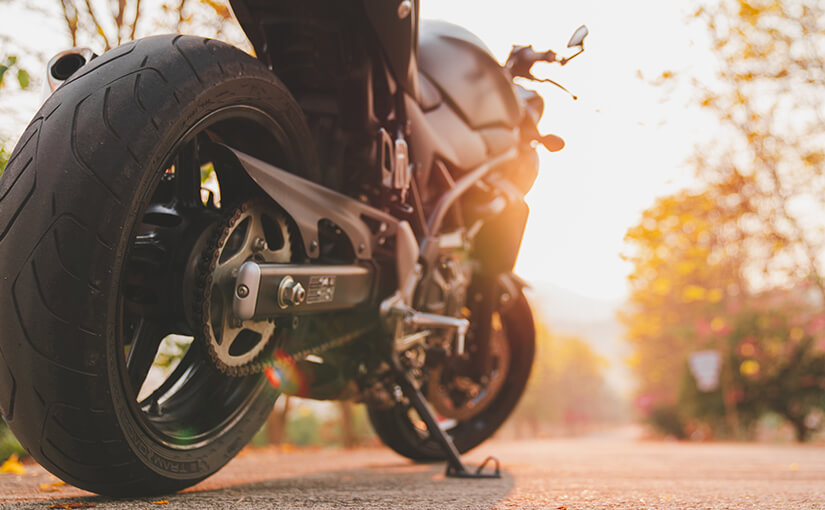It’s funny to think the founders of Skoda started with the production of bicycles. Back in December 1895 in Czechoslovakia two keen cyclist pooled their resources to design and manufacture push bikes.
Both were from very different backgrounds with Vaclav Laurin a mechanic, and Vaclav Klement a bookseller. The company was originally named Slavia, due to the historic Slavic links of the country. After their initial success they quickly began to add motors and were successful in motorbike racing under their names for the new company of Laurin & Klement Co. But after making over 4,000 motorbikes they developed car prototypes which from 1905 replaced motorbikes.
According to the official Skoda website in the early 1900s, Laurin & Klement Co. saw a period of great success for the two entrepreneurs, with the Voiturette A becoming a classic in Czech motoring history.
They ventured overseas but changed tack with the advent of the First World War in 1914, manufacturing for the armed forces. The tough wartime economic conditions in Czechoslovakia led them to form a partnership to help develop the company for the modern era. Their range expanded to include trucks, buses, aeroplane engines and agricultural machinery such as motorised ploughs. Through a merger with Pizen Skodovka Co in 1925 they became known as ŠKODA.
The early 1930’s saw the company through a difficult time until the ŠKODA Popular was launched with the 420 model tipping the scales at just 650g.
World War 2 from 1939 to 1945 meant with the country occupied by the Germans the civilian car production program was very limited, with the company again supplying the armed forces, but this time German.
Post-war the government nationalised the company taking over passenger car production. Australia even saw the ŠKODA Tudor and the introduction of the mould-breaking ŠKODA 1200 which was modernised several times before, as the 1202, finally ceasing production in 1973!
For 30 years from 1960 ŠKODA experience a lot of innovation but suffered from the advent of new technology in the Western world. They produced new and improved ŠKODA cars – in the form of the Octavia (so named as the eighth model after the war), the Felicia, the MB range and the Rapid. Production was slow until the arrival of the Favorit model range in 1987.
The toppling of the Berlin Wall in 1989 brought immense political changes with a new economic reality. In 1991 the government of the new Czech Republic and the management of ŠKODA began a joint venture with Volkswagen as a dependable foreign partner with the aim of securing the company’s long term competitiveness on a global scale.
In December 1990, the Volkswagen deal was inked and a joint venture began the following year. ŠKODA became the fourth brand in the Volkswagen group, alongside Volkswagen, Audi and Seat. Since then, ŠKODA has gone from strength to strength, manufacturing not only many excellent cars but many happy drivers. So why not consider a car loan to buy a ŠKODA?
PS pre VW days, Skodas used to be the butt of some harsh jokes e.g. Q: What do you call a convertible Skoda? A: A skip (you don’t hear these jokes any more, funnily enough)




